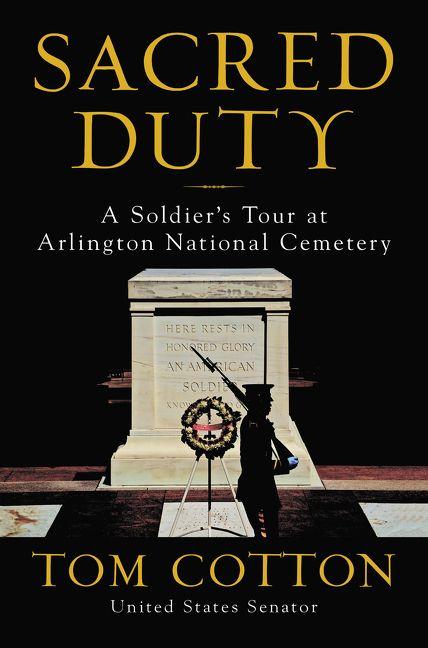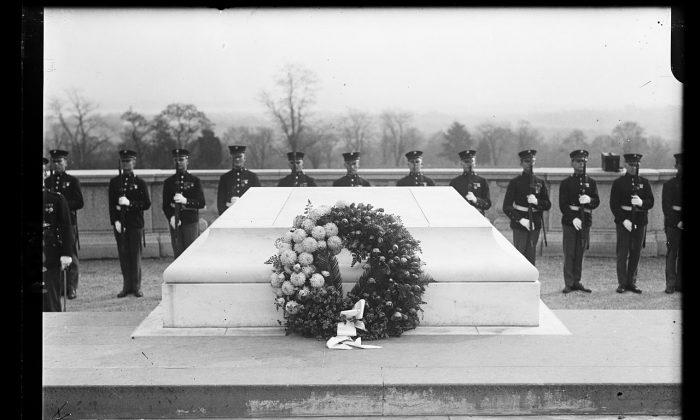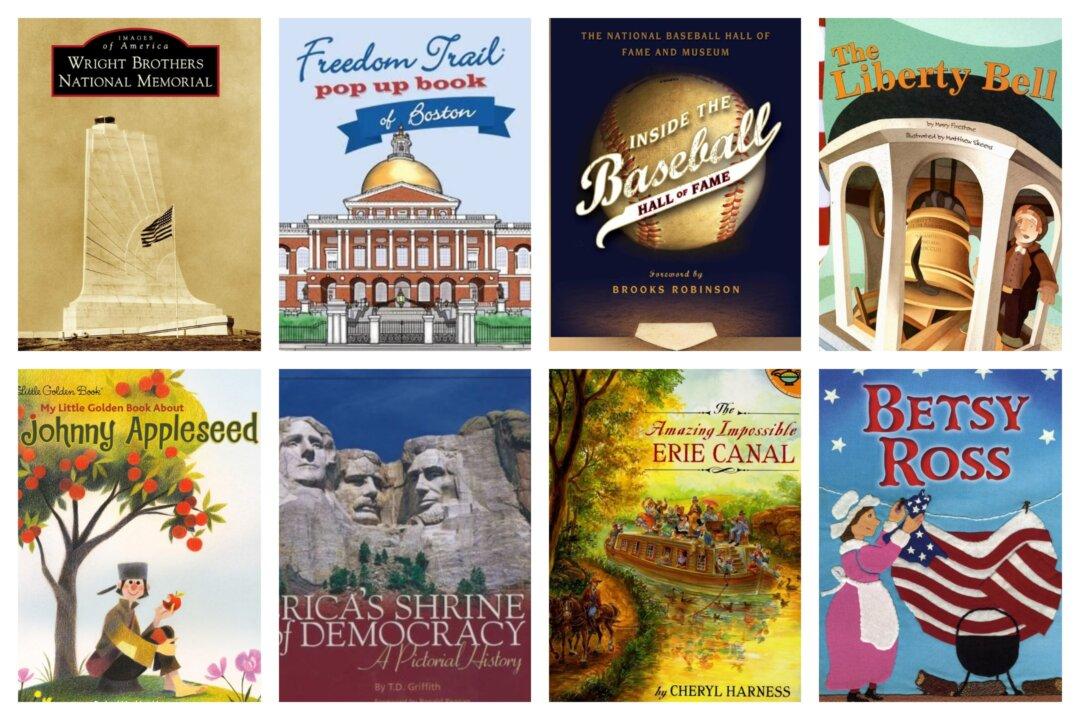Arlington National Cemetery is well-known as the final resting place for fallen U.S. soldiers. Less famous is the elite unit, The Old Guard, which performs the funerals for our military heroes.
The Old Guard is the nickname for the Third U.S. Infantry Regiment, the oldest active-duty infantry unit in the Army. It dates back to 1784, which makes it older than the Constitution.
Senator Tom Cotton, a Republican from Arkansas, has written a book about this regiment in which he served from 2007 to 2008: “Sacred Duty: A Soldier’s Tour at Arlington National Cemetery.”
This first-rate, stirring volume has much to offer the reader by way of highlighting history and its portrayal of excellence and patriotism. These aspects especially moved me.

History Highlights
This book looks at a rarely acknowledged part of American history and is one that should not be overlooked. Cotton traces the history of The Old Guard from its founding era: The colonists distrusted standing armies after fighting with the British in the French and Indian War (1754–1763). Thus, after the British defeat at the Battle of Yorktown (1781) in the Revolutionary War, the Continental Congress essentially disbanded the Continental Army.Later, though, Congress realized that it had cut too deeply and had left the country unprotected. It created a single regiment of infantry, the Third Infantry, to provide the new nation with a small cadre of professional soldiers.
As the nation’s frontier moved westward, so did the Third Infantry. By early 1846, war with Mexico seemed inevitable. The United States had annexed Texas, which Mexico viewed as a breakaway province. When America won the ensuing conflict, Gen. Winfield Scott anointed the regiment with its unique name—The Old Guard—during a victory parade in Mexico City.
The regiment then fought in the Civil War on the Union side, seeing two years of brutal fighting. In fact, the North and the South killed each other on such a massive scale that a farm across the river from the capital became the graveyard for the fallen. That is how our national cemetery began.
In Modern Times
Since World War II, The Old Guard has served as the official Army Honor Guard and escort to the president. In that capacity, Third Infantry soldiers are responsible for conducting military ceremonies in the Washington, D.C., area.The most visible job of The Old Guard today is guarding the Tomb of the Unknown Soldier. To many Americans, the Tomb guards represent the entirety of The Old Guard. But this is not true.
The Tomb Platoon is the most specialized job of the regiment. While the majority of Old Guard soldiers train for and perform a variety of funerals and ceremonies, Tomb guards have only that one mission.
Excellence Is in the Details
“Excellence, then, is not an act, but a habit.” This quote attributed to Aristotle or Will Durant, depending on your source, sums up nicely the philosophy of the soldiers in The Old Guard. In this day and age, it seems that standards in many areas are being lowered. Too often we settle for mediocrity and do not maximize our potential. How refreshing to read a book about strong and disciplined soldiers.Just as every soldier wants to do right by his battle buddies, The Old Guard wants to give the soldiers’ families a moment of perfection to remember. Cotton goes into detail to illustrate the remarkable effort that The Old Guard puts into making each funeral a superb achievement.
Strong attention is paid to the minutest aspect of the regiment’s assignments, such as exact marching and how one must stand ramrod-still without bending knees or wiggling toes in order to maintain a ceremonial composure for 75 minutes.
Old Guard companies have industrial-quality press machines in their barracks to achieve razor-sharp pant creases. Uniform insignia is measured out to one-sixty-fourth of an inch. To avoid wrinkles, there is no sitting down in uniform between funerals. This is all done to maintain performance level for what is otherwise a repetitive task.
Every Old Guard soldier must pass a battery of tests to be certified to march in ceremonies and to perform funerals in Arlington National Cemetery.
Patriotism
“Sacred Duty” is most of all a story of patriotism. In politically divided times, the military remains the nation’s most respected institution. On the fields of Arlington, Americans can set aside their differences and watch the honor bestowed on soldiers in precise and exacting ceremonies. The Old Guard’s work shows love and respect for the soldiers who fought for the United States, and also for those they have left behind.Cotton ends his book by sharing a story told to him by Sergeant Major Dailey. Dailey told Cotton that he had once explained the mission of The Old Guard to a foreign military leader. In response, the leader replied, “Now I know why your soldiers fight so hard. You take better care of your dead than we do of our living.”





